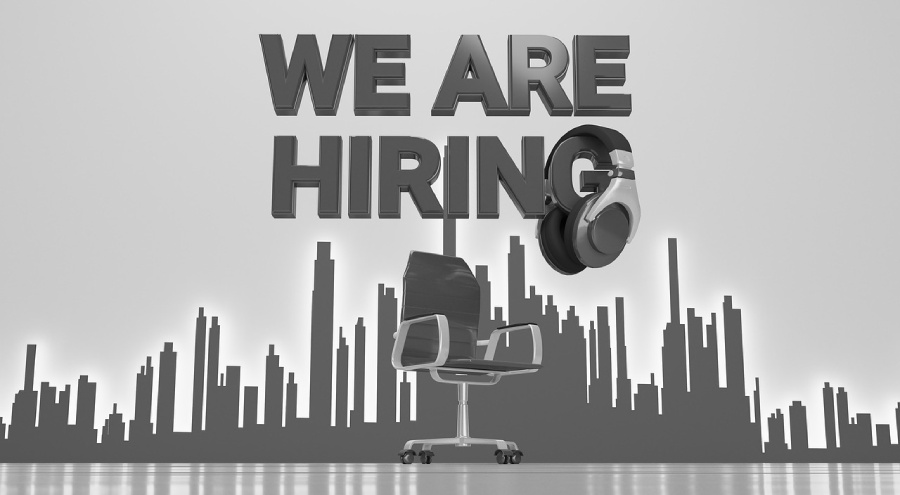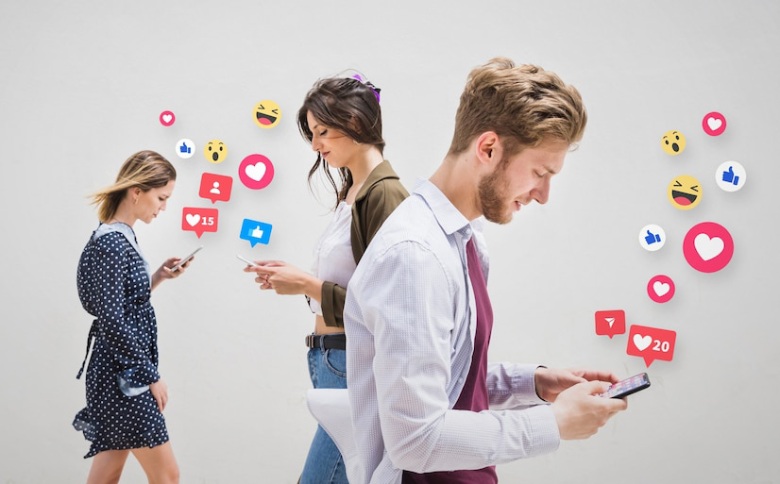
How Innovation is Driving Better Hiring and Training Opportunities
Do you remember hiring and training sessions before the rise of technology? It was kind of neutral chaos. Piles of resumes used to be stacked like a game of Jenga and training sessions felt like a slow-mowing PowerPoint death march.
Some years ahead of today, we’ll have a completely new system that will be wearing a lab coat, armed with machine learning, video platforms, and virtual reality goggles. Did you know that recruitment in 2025 is mostly done by technology? Here are some examples:
- 79% of recruiters use AI tools for candidate screening
- 64% of candidates expect personalized automated communication
- 53% of HR teams plan to increase recruitment automation budgets
- 37% of companies use chatbots in recruitment
- AI-driven hiring reduces time to hire by 35%
Have you noticed that from the time someone starts dreaming of a job to the time they’re actually doing it, innovation is making the entire process smarter and surprisingly fun?
So, what new stuff can you find in the hiring and training process?

AI is your new career coach
Once upon a time, people used to write resumes by opening a Word document. A lot of staring at the blank page was going on there, too. Then came the process of printing and walking from one place to the other, leaving the printed CV in hopes someone authoritative sees it and calls you back.
Then came the time of customized CVs where all you had to do was go to Canva, for instance, and choose the free version in whatever color you wanted and fill in the blanks. Still, this kind of system wasn’t totally perfect because not even a nicely colored document knows all about you and your values. You still had to write it down all by yourself.
But think of this: you are great at your job. You don’t need to be great at writing resumes, so why not use an AI resume generator that can do this for you? You can feed the program with all your data, and the generator will write the most advanced version, without repetitions, cringeworthy phrases that everyone uses, and will put you in the number one spot with employers who value originality. You need your resume to stand out.
This is not all that AI can do for you. Once you pass the first circle and get invited to the interview, some questions will need to be answered. Where do you see yourself in five years? Why do you want to work with our company? What value can you bring? And no matter how fun, the answers are not ‘in your place,’ ‘because I need a job and you’re hiring,’ and ‘I can gloriously fail at multitasking.’ AI can help you prepare for interviews by generating common questions and coaching you through better answers than ‘my greatest weakness is caring too much.’
The end result? You’re going to be more confident and more prepared. Plus, no more calling that one friend who majored in communications to fix your CV in the middle of the night.
Training your employees
Let’s say you need to train new people. Maybe it’s just one person on your team, or an entire bunch in a bigger company. Where do you think it’s easier to learn from - a 300-page manual of engaging videos?
You can use platforms like YouTube to post videos with limited access. Or even TikTok. New hires can now learn how to use that tricky CRM software or navigate the break room’s unspoken rules through well-produced videos that actually respect their time and attention spans.
Don’t know how to make a video, or worse yet, you do but have no time? This is where training video production companies enter. Big teams, editors, special effects, localization software, and more are involved to produce a single training video. Do you perhaps want an animation production? Challenging, but no problem. Using AI to build videos the way you want them is getting more popular by the minute.
The best part? These videos are also reusable. Your company can build up a library of evergreen content, tweak it with updates, and deliver consistent training across departments and locations. People can watch and rewatch training at their own pace, at lunch or in their PJs at home. Also, this learning model is perfect for remote workers and introverts.

Loving a little competition
Do ‘training module’ and ‘fun’ belong in the same sentence? Why not?
Gamification is turning traditional training into something people want to do. Imagine having a monthly knowledge check-up on cybersecurity basics using Kahoot! Quiz and offering rewards for the first three places. That would be fun, right? So don’t be shy of adding leaderboards, levels, rewards, and interactive quizzes, even if you’re the first one starting this practice. You can transform bland tasks into goal-oriented games.
And it works. Studies have shown that learning through games and fun can bring more engagement, retention, and even productivity. It’s a win either way: employees feel accomplished, and HR doesn’t have to bribe people to finish compliance training with free donuts.
Trying the job before buying
Upon hearing about virtual reality (VR) you’re probably going to think it’s for games only. Well, not anymore. Some companies use VR to simulate job tasks, which allows applicants to try out roles before signing on the dotted line. It’s like job shadowing, but without the awkward small talk.
For instance, you’re applying for a warehouse logistics role. You can complete a VR task that simulates scanning inventory, navigating tight spaces, and solving problems on the fly. So, you can get a taste of the job, and employers can see how you would fare on the job. A lot better than asking ‘where do you see yourself in five years?’
VR training is huge in industries where live training is expensive and nearly impossible or dangerous, like healthcare, aviation, or heavy machinery. You can practice until you land that helicopter down with no one losing a limb. Perfect.
The end of gut-feeling hiring
When a company posts that they’re hiring a professional with five years of experience in the same or similar position, do you know how many people actually follow through with that before sending their resumes? Most people have enough confidence to think their charm can win them the job, and the experience will come on its own. Sometimes that can work. But more often than not, it means the recruitment team has to go through hundreds of applications, and more than half of them are not what they asked for.
Now, artificial intelligence can help you with this. The system can scan for red flags, match skills to job descriptions, and identify hidden gems who might have otherwise been overlooked due to unconventional backgrounds or wrong use of keywords.
So, next time you post ‘must have 5 years of experience, ’ the program will automatically remove those in the line of ‘I once organized a school bake sale.’ You can also run resumes through conversational Q&A.
Yes, human factors still need to watch over the program, but it’s less likely anyone will be prone to unconscious bias.
Remorse interview and real vibes
Thanks to many video conferencing tools, interviews no longer need to be live. You don’t need to travel or wear appropriate pants. Virtual interviews are the new norm, with all the global companies and remote workers.
New video interviewing platforms can also offer structured and asynchronous interviews where you can record your answers at your own time, and employers can take a look at their own time. This option is especially good if companies aim to hire people from different time zones.
Have you heard about programs that use facial and voice recognition? No more sci-fi about spies - now your future employee can see how honest and enthusiastic you are, and they can even assess your cognitive ability. Welcome to the future. Is it so different than going to the store across the road, asking if they need help, and being told to come by tomorrow at the opening time? Like two different worlds.
Soft skills, hard data
The new revolution in hiring started the moment people realized that soft skills matter. Being a wizard in Excel is great, but can you collaborate without making everyone want to scream into a pillow?
Behavioral assessments and personality tests powered by AI can now evaluate someone’s communication style, emotional intelligence, adaptability, and other traits. This way, companies can have a team built in no time, with better dynamics and reduced churn. Honestly, no one wants to work with a spreadsheet genius who’s also a toxic tornado. And it doesn’t matter how many master's degrees someone has, if they argue about every little thing every day. That can not only drive their managers crazy, but also the rest of the team, which can lower productivity.

Innovations making work better
Every new invention should, at its core, make work better for everyone. The main goal is to replace frustrations with clarity, paperwork with automation, and nervous guesswork with confidence backed up by data.
Maybe you're a fresh grad creating your very first resume, a hiring manager vetting talent with a smart dashboard, or a seasoned pro rewatching onboarding videos while making popcorn. The training and hiring process is getting more fun every day.
So go ahead. Add some glitter to that CV with AI help. Watch a training video that doesn’t make you want to nap. Embrace the future. It’s hiring, and you’re hired.

Petra Rapaić is a B2B SaaS Content Writer. Her work appeared in the likes of Cm-alliance.com, Fundz.net, and Gfxmaker.com. On her free days, she likes to write and read fantasy.

What Do Applicants Look For in a Model Employer?







